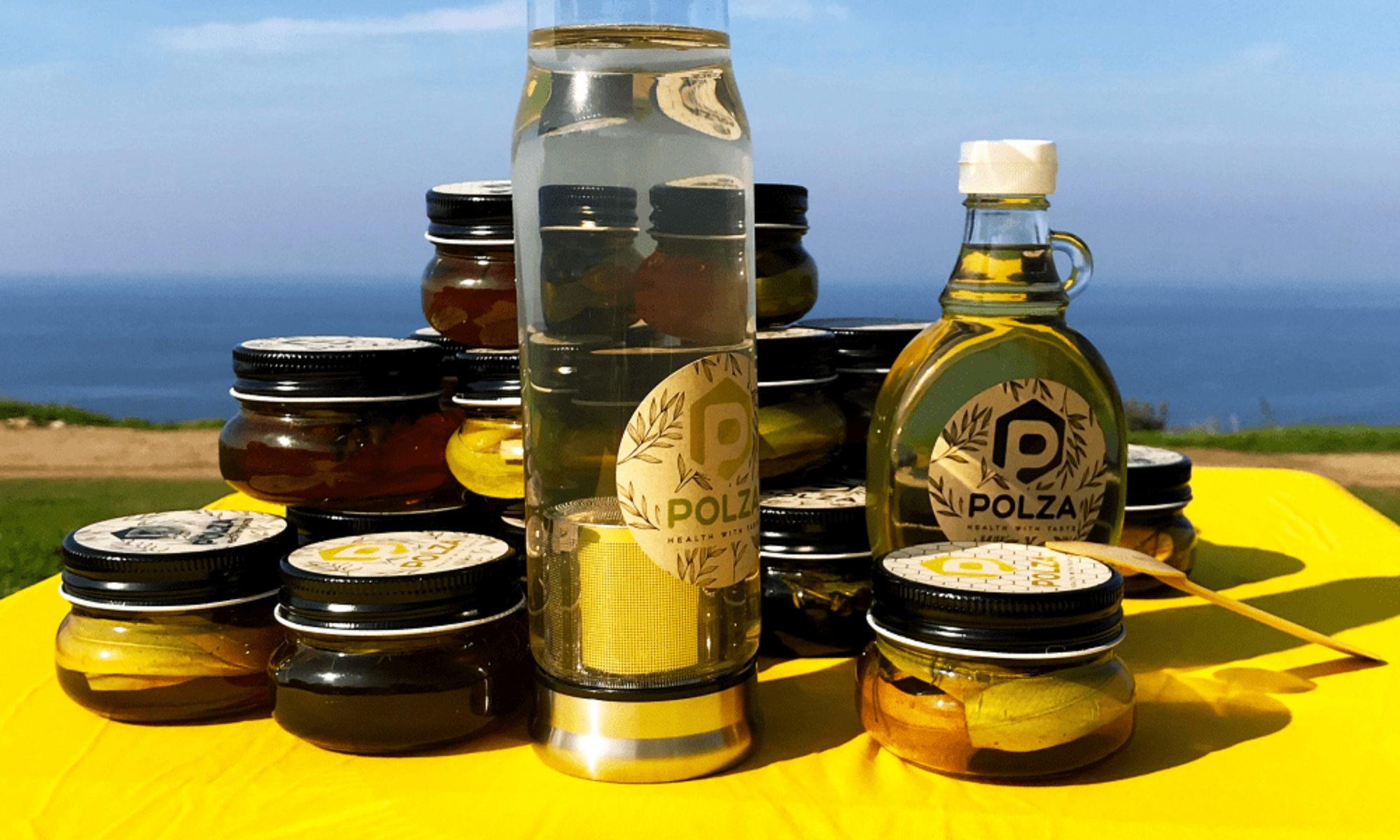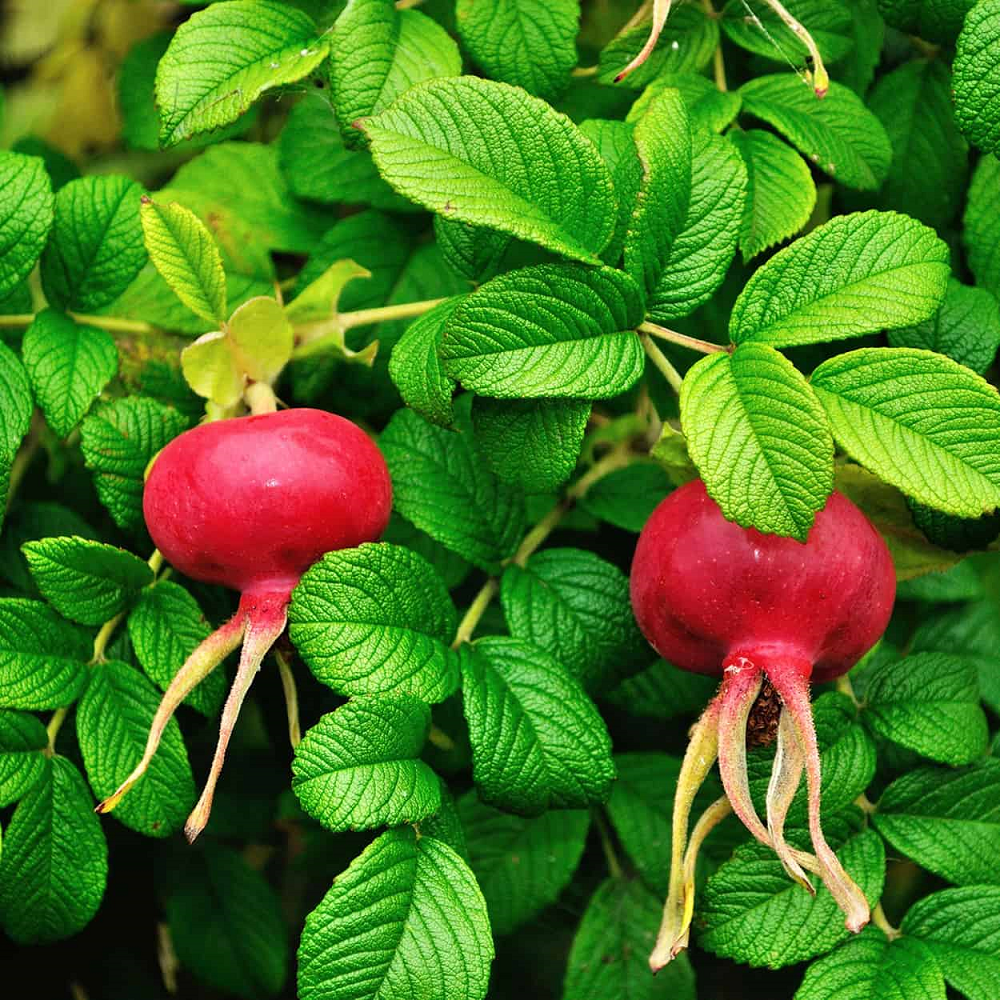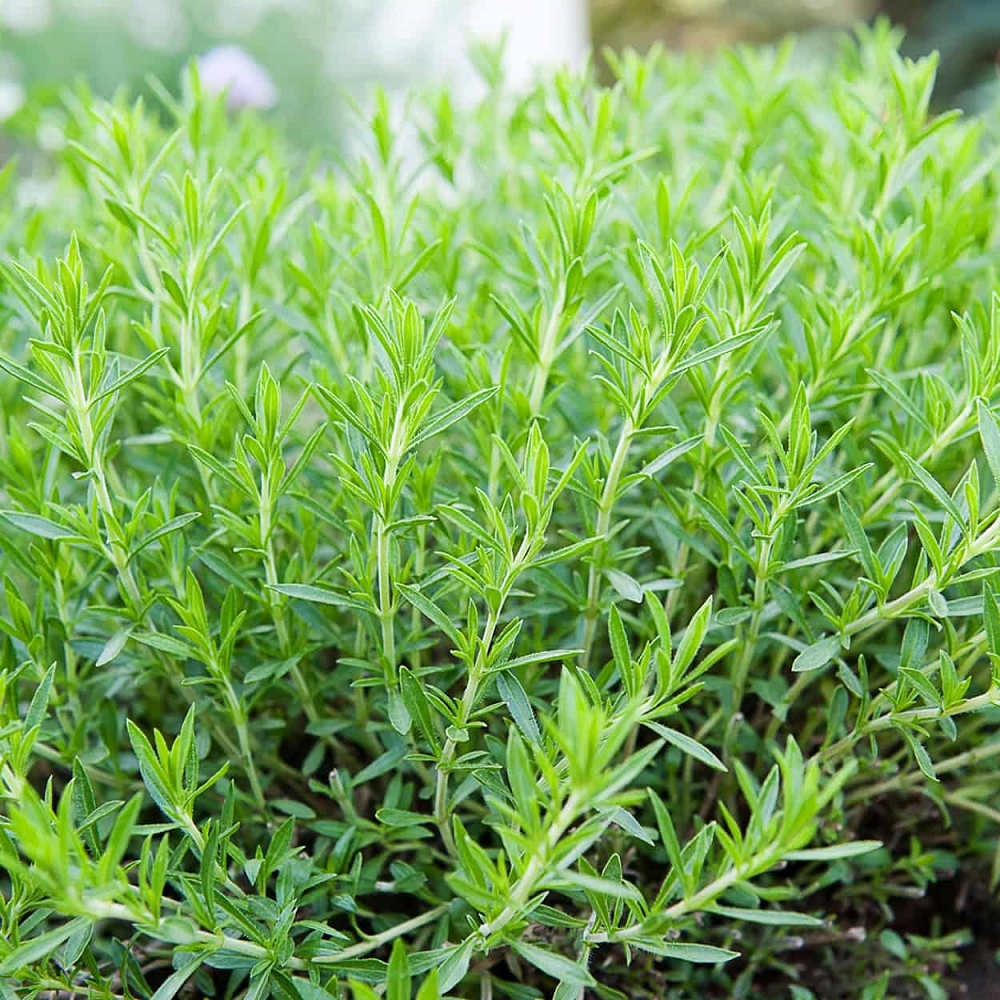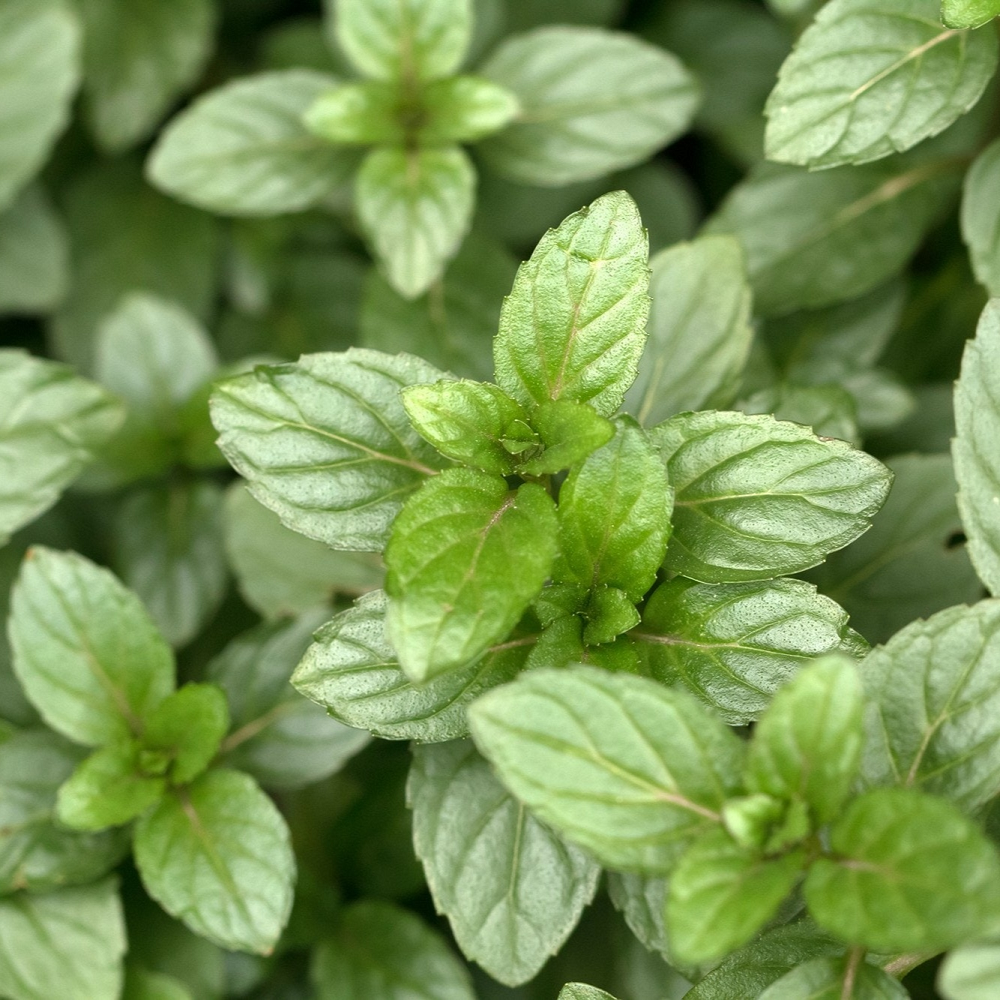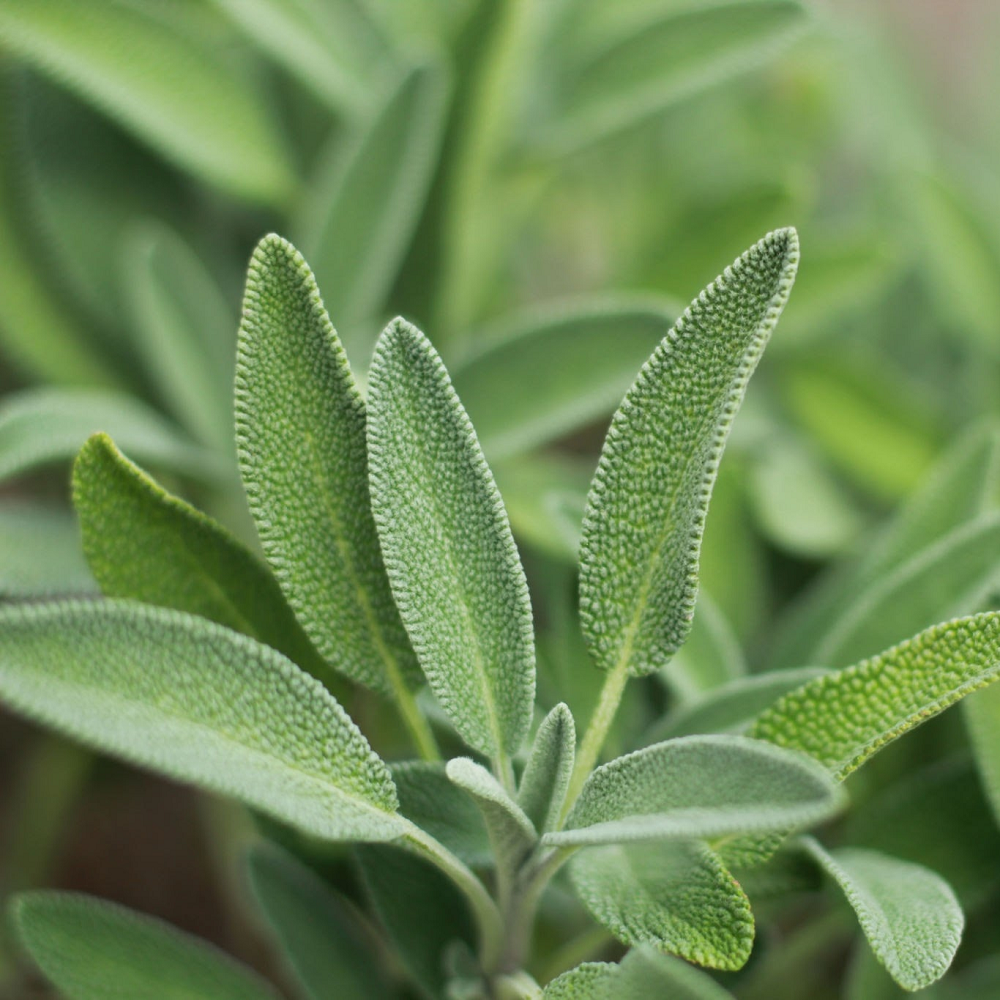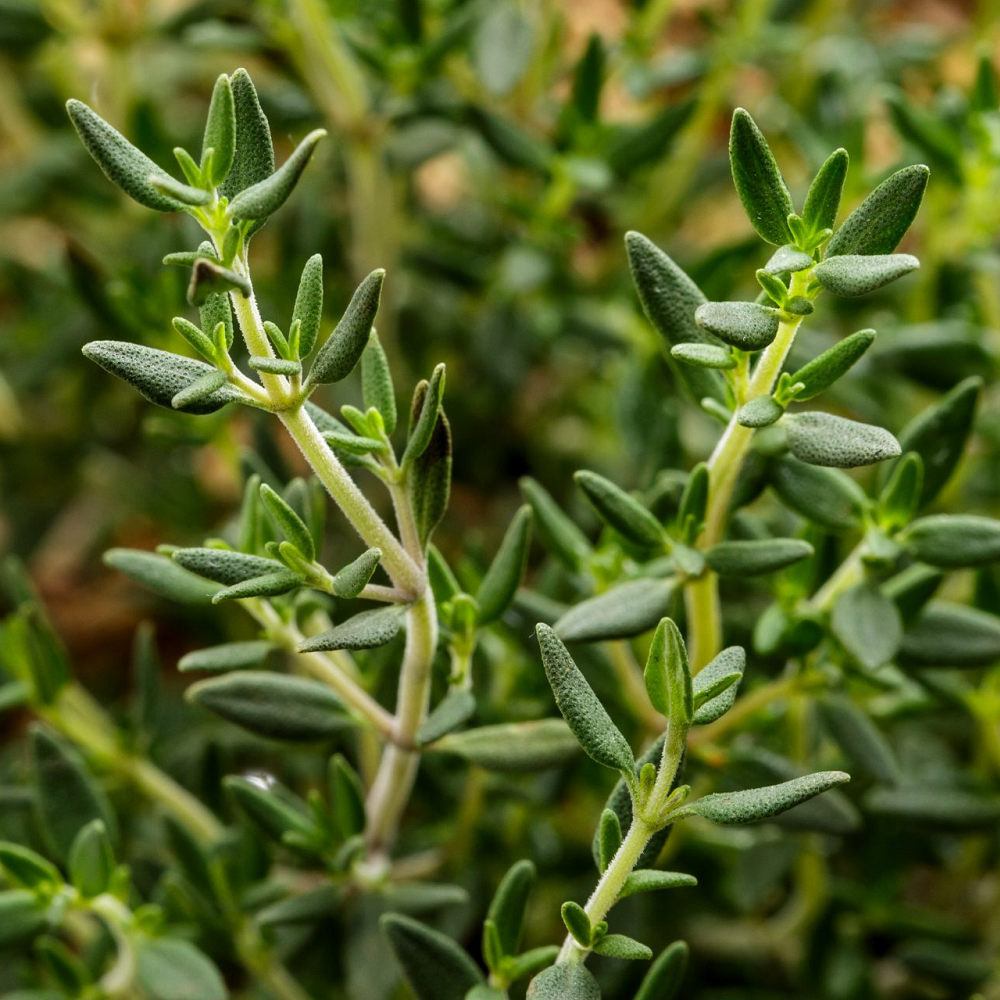Eucalyptus is a fast-growing evergreen tree native to Australia. As an ingredient in many products, it is used to reduce symptoms of coughs, colds, and congestion. It also features in creams and ointments aimed at relieving muscle and joint pain.
The oil that comes from the eucalyptus tree is used as an antiseptic, a perfume, as an ingredient in cosmetics, as a flavoring, in dental preparations, and in industrial solvents.
Chinese, Indian Ayurvedic, Greek, and other European styles of medicine have incorporated it into the treatment of a range of conditions for thousands of years.
There are over 400 different species of eucalyptus. Eucalyptus globulus, also known as Blue Gum, is the main source of eucalyptus oil used globally.
Leaves are steam distilled to extract the oil, which is a colorless liquid with a strong, sweet, woody scent. It contains 1,8-cineole, also known as eucalyptol.
The leaves also contain flavonoids and tannins; flavonoids are plant-based antioxidants, and tannins may help to reduce inflammation.
Health benefits and uses of eucalyptus
Eucalyptus is believed to have a number of medicinal properties, although not all of them have been confirmed by research. Below we outline some of its potential health benefits.
Antimicrobial properties
Eucalyptus leaves and essential oil are commonly used in complementary medicine.
Interestingly, toward the end of the 19th century, eucalyptus oil was used in most hospitals in England to clean urinary catheters. Modern research is now starting to back this practice up.
In February 2016, researchers from Serbia found evidence supporting the antimicrobial action of eucalyptus.
They concluded that a positive interaction between E. camaldulensis essential oil (a tree in the Eucalyptus family) and existing antibiotics could lead to the development of new treatment strategies for certain infections.
They hope that this property could eventually reduce the need for antibiotics.
A study published in Clinical Microbiology & Infection suggests that eucalyptus oil may have antibacterial effects on pathogenic bacteria in the upper respiratory tract, including Haemophilus influenzae, a bacteria responsible for a range of infections, and some strains of streptococcus.
Colds and respiratory problems
Eucalyptus features in a range of preparations to relieve symptoms of the common cold, for example, cough lozenges and inhalants.
Herbal remedies recommend using fresh leaves in a gargle to relieve a sore throat, sinusitis, and bronchitis. Also, eucalyptus oil vapor appears to act as a decongestant when inhaled. It is a popular home remedy for colds and bronchitis.
It may act as an expectorant for loosening phlegm and easing congestion. A number of cough medications include eucalyptus oil, including Vicks VapoRub.
Researchers have called for further studies to clarify the possible therapeutic role of eucalyptus leaf extract in the treatment of respiratory tract infection.
Eucalyptus and dental care
The antibacterial and antimicrobial potential of eucalyptus has been harnessed for use in some mouthwash and dental preparations.
In promoting dental health, eucalyptus appears to be active in fighting bacteria that cause tooth decay and periodontitis.
The use of eucalyptus extract in chewing gum may promote periodontal health, according to a study published in the Journal of Periodontology.
Fungal infections and wounds
The University of Maryland Medical (UMM) Center describe how traditional Aboriginal medicines used eucalyptus to treat fungal infections and skin wounds.
Insect repellent
Eucalyptus is an effective insect repellent and insecticide. In 1948, the United States officially registered eucalyptus oil as an insecticide and miticide, for killing mites and ticks.
Oil of lemon eucalyptus is recommended by some as an insect repellant; it is effective at keeping mosquitoes away.
In 2012, researchers from New Delhi, in India, found that E. globulus oil was active against the larvae and pupae of the housefly. They suggested that it could be a viable option for use in eco-friendly products to control houseflies.
Pain relief
Eucalyptus extract may act as a pain reliever, and research indicates that the oil may have analgesic properties. In a study published in the American Journal of Physical Medicine and Rehabilitation, scientists applied Eucalyptamint on the anterior forearm skin of 10 people.
Eucalyptamint, an OTC preparation with the generic name methyl salicylate topical, is used to treat muscle and joint pain linked to strains and sprains, arthritis, bruising, and backache.
The scientists concluded that “Eucalyptamint, produced significant physiologic responses that may be beneficial for pain relief and/or useful to athletes as a passive form of warm-up.”
Stimulating immune system
Eucalyptus oil may stimulate an immune system response, say findings published in BMC Immunology.
Specifically, the researchers found that Eucalyptus oil could enhance the immune system’s phagocytic response to pathogens in a rat model. Phagocytosis is a process where the immune system consumes and destroys foreign particles.
Other conditions that eucalyptus may help with include:
- Arthritis – potentially due to its anti-inflammatory properties
- A blocked nose
- Wounds and burns
- Ulcers
- Cold sores – perhaps due to its anti-inflammatory properties
- Bladder diseases
- Diabetes – eucalyptus might help lower blood sugar
- Fever
- Flu
Precautions and side effects
According to the National Association for Holistic Aromatherapy (NAHA), some essential oils can be hazardous, but those that are available commercially, from reputable sources, are safe to use if handled appropriately. The NAHA say that it is important to use “pure, authentic, and genuine essential oils.”
Eucalyptus products can generally be used safely on the skin, as long as the oil is diluted. It should not be applied directly onto the skin until it is diluted with a carrier oil, such as olive oil.
The dilution should be between 1 percent and 5 percent eucalyptus oil to between 95 percent and 99 percent carrier oil; this equates to roughly one to five drops of essential oil in an ounce of carrier oil.
Eucalyptus can produce irritation and a burning sensation. It should not be used too close to the eyes.
It is important to do an allergy test before using eucalyptus because it is highly allergenic. An allergy test can be done by adding the eucalyptus oil in the carrier oil and putting a drop on the arm. If there is no reaction in 24 hours, it is safe to use.
Allergies can develop over time. If you have used eucalyptus oil in the past and now seem to be having an allergic reaction to it, discontinue use.
It is not safe to take eucalyptus oil orally because it is poisonous.
In some individuals with asthma, eucalyptus can make their condition worse. Others find that it helps to relieve their asthma symptoms.
Side effects may include:
- Diarrhea
- Nausea
- Vomiting
- Stomach upset
Signs of eucalyptus poisoning include dizziness, feelings of suffocation, and small pupils. It is important to note that eucalyptus may interact with other medications and can impact the liver.
Children are more sensitive to essential oils, so care should be taken when using eucalyptus with children. Use should be avoided during pregnancy.
